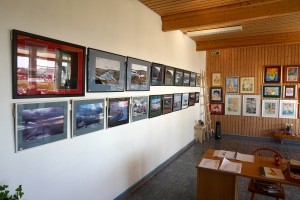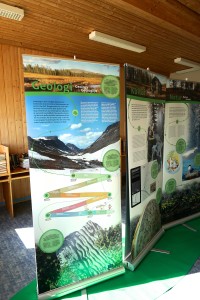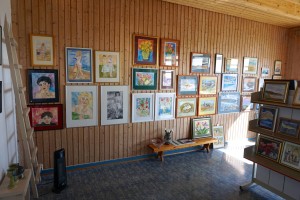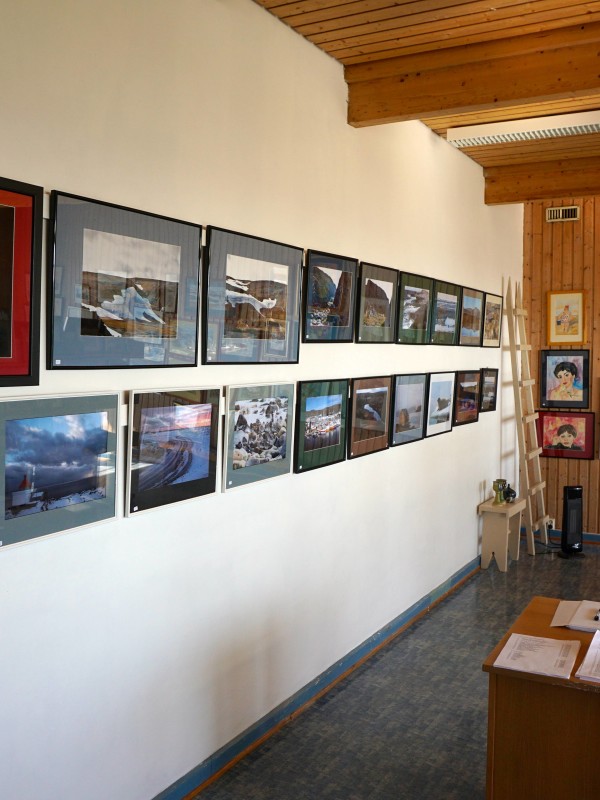![]() Klimaendringer er en av nåtidens største utfordringer. Hva innebærer utfordringene for mennesket og naturen, og har museumssektoren en rolle å spille i formidlingen av disse?
Klimaendringer er en av nåtidens største utfordringer. Hva innebærer utfordringene for mennesket og naturen, og har museumssektoren en rolle å spille i formidlingen av disse?

Varanger Museum, UiT Norges arktiske universitet og Varangerhalvøya nasjonalparkstyre, skal belyse hvordan naturen, landskap og nasjonalparkens historie er, og vil være påvirket av menneskeskapte klimaendringer. Prosjektet skal utvikle en metodikk forankret i natur– og kulturbasert opplevelse og dialog som foregår i parken.
Mål med prosjektet
Prosjektet skal oppfordre til forståelse for og begeistring for vår felles naturarv, og belyser for dagens barn og ungdom utfordringer og konsekvenser som finnes i menneskeskapte klimaendringer i dag og i fremtiden.
Prosjektet skal også utvikle en metodikk som er basert på bruk av alle sansene i opplevelse av, og bevegelse gjenno m, nasjonalparkens landskap, støttet av et dialogbasert tilbud som forbereder besøket, og bearbeiding av opplevelser og inntrykk etter besøket.
m, nasjonalparkens landskap, støttet av et dialogbasert tilbud som forbereder besøket, og bearbeiding av opplevelser og inntrykk etter besøket.
![]() Climate ch
Climate ch ange is one of today’s biggest challenges. What entails challenges for man and nature, and the museum sector has a role to play in the dissemination of these?
ange is one of today’s biggest challenges. What entails challenges for man and nature, and the museum sector has a role to play in the dissemination of these?
Varanger Museum, UiT Norway’s Arctic university and Varangerhalvøya National Park Board, will illuminate how nature, landscape and national park’s history is, and will be affected by anthropogenic climate change. The project will develop a methodology rooted in nature and culture based experience and dialogue that takes place in the park.
Objectives of the project
The project will encourage the understanding and enthusiasm for our common natural heritage, and highlights for today’s children and youth challenges and implications contained in anthropogenic climate change today and in the future.
The project will also develop a methodology that is based on the use of all senses in the experience of, and movement through the national park’s landscape, backed by a dialogue based offerings that prepare the visit, and processing of experiences and impressions after the visit.

